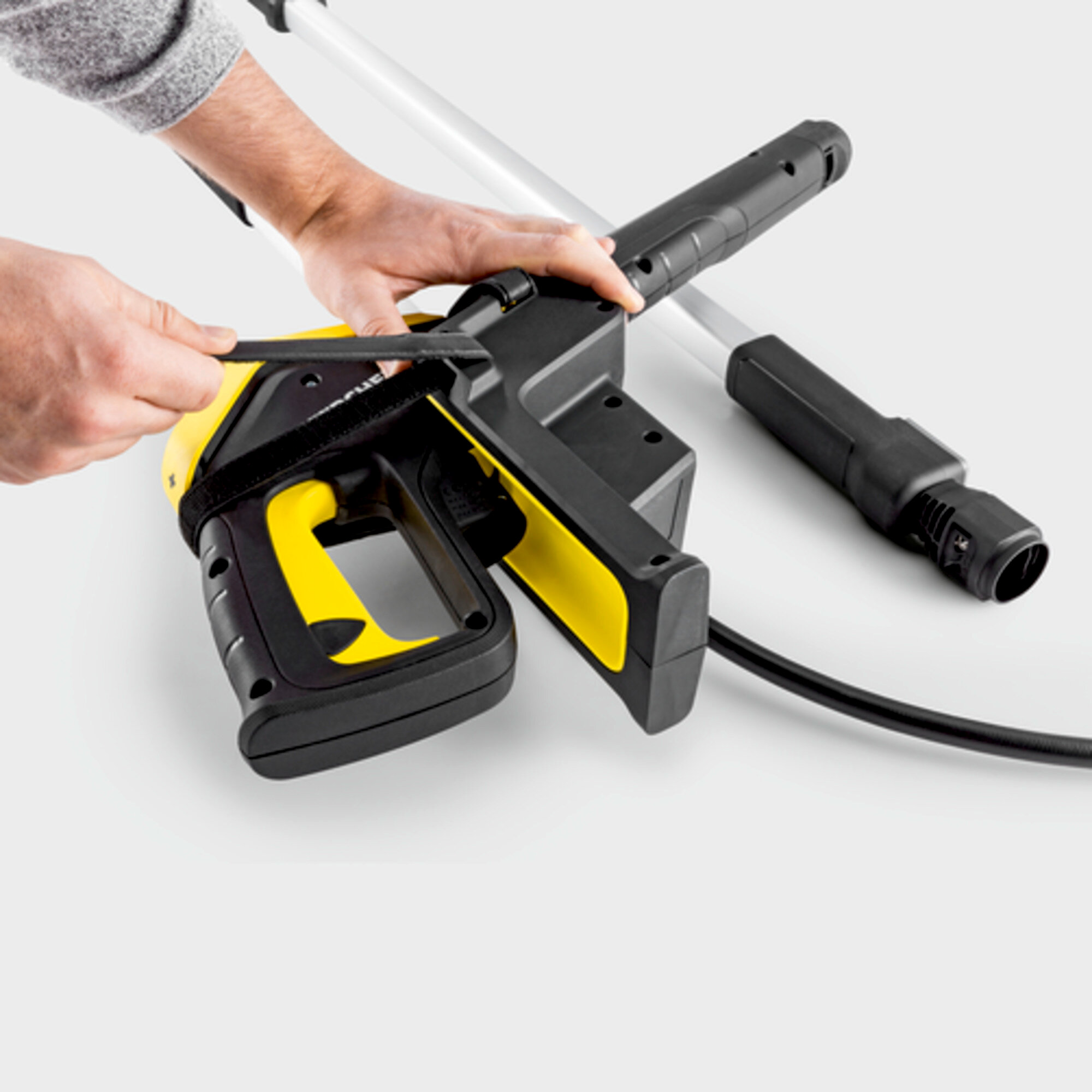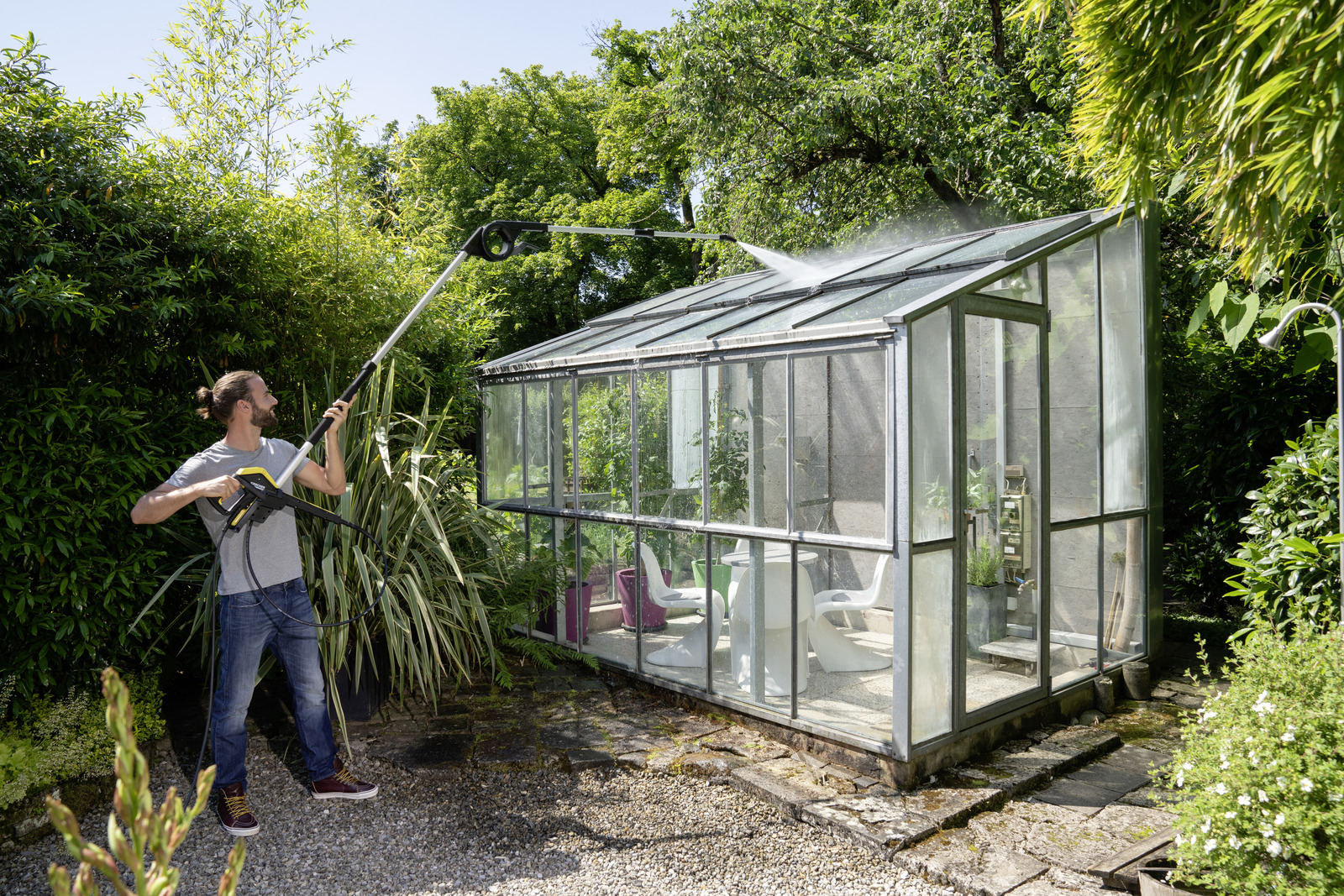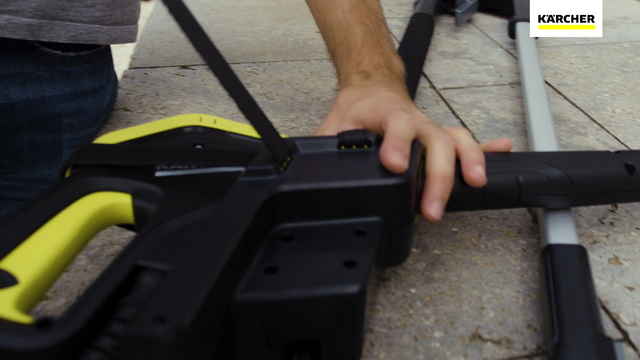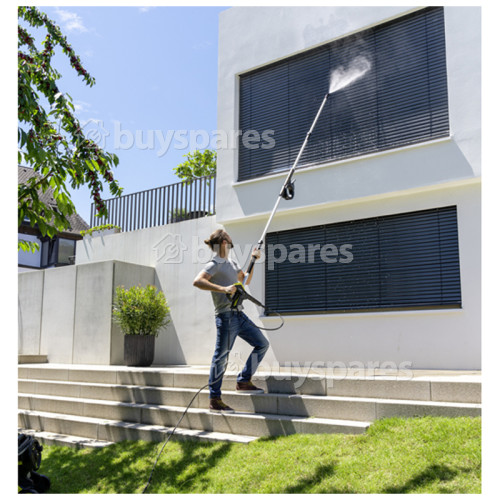
7,4m Teleskop Zwei Lanze Düse Gürtel 10m Schlauch für Kärcher Teleskopstrahlrohr 5902553704112 | eBay

Kärcher Teleskopstrahlrohr für Kärcher Hochdruckreiniger (Länge: 1,20m - 4m, Schultergurt, Bajonettverbindung, ergonomisch anpassbare Pistole, Reinigung von Fassaden und schwer erreichbaren Stellen) : Amazon.de: Garten

Steht die Reinigung der Fassade, Rollläden oder Wintergarten an? Dann ist das Teleskopstrahlrohr von KÄRCHER genau richtig! Mit bis zu 4 m Reichweite und... | By Kärcher Center Svetnik | Facebook

TC TECHNIC Teleskoplanze Teleskopstange Teleskopstiel Teleskop Lanze Arm Teleskopstrahlrohr kompatibel mit Kärcher M22 Hochdrucklanze mit Winkellanze mit Gürtel Robuste und Langlebige Lanze bis 7,4m : Amazon.de: Garten

Kärcher Teleskopstrahlrohr für Kärcher Hochdruckreiniger (Länge: 1,20m - 4m, Schultergurt, Bajonettverbindung, ergonomisch anpassbare Pistole, Reinigung von Fassaden und schwer erreichbaren Stellen) : Amazon.de: Garten









